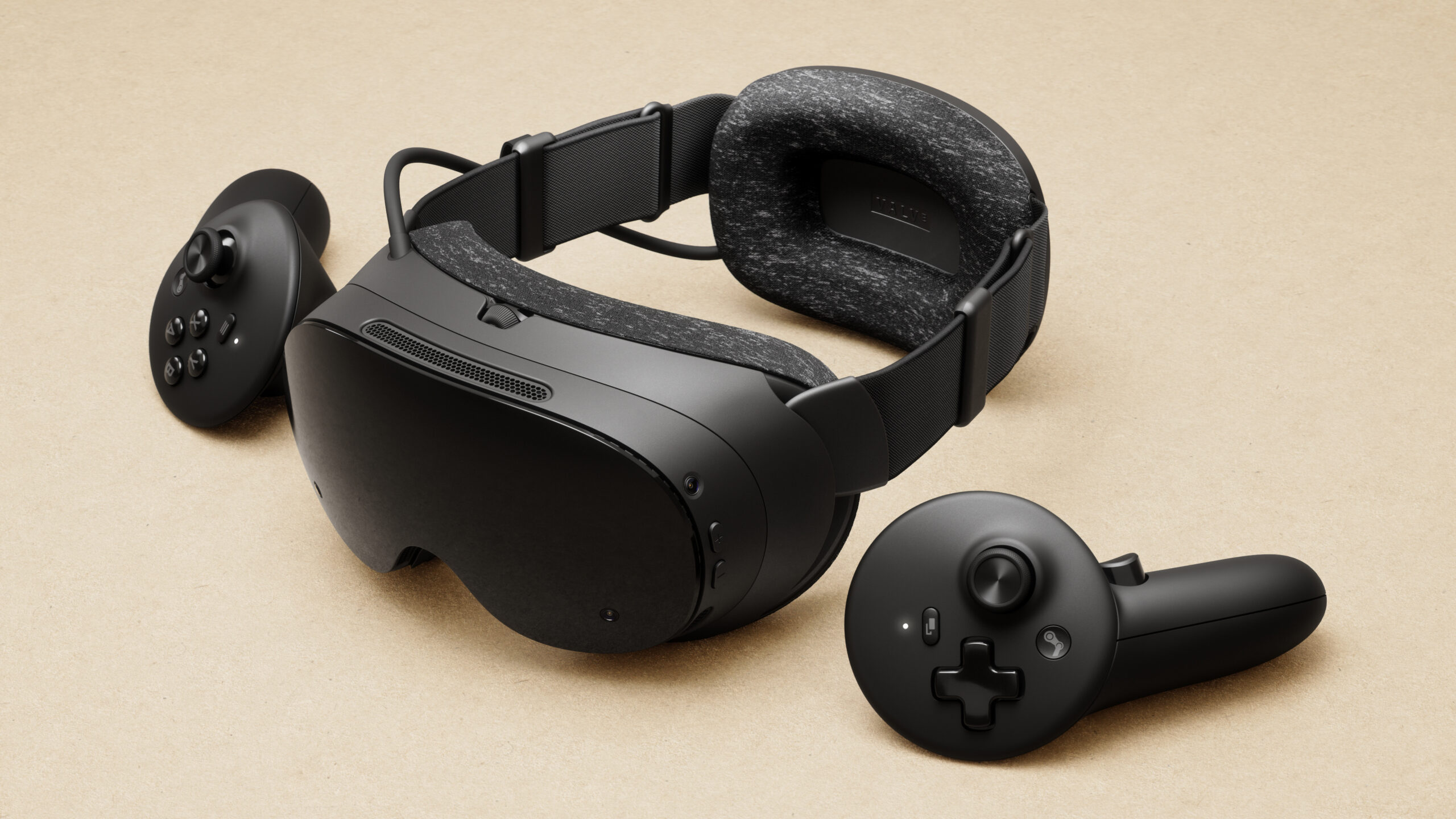
"Valve also tells Ars that streaming to the Steam Frame will be "as efficient as possible," maximizing battery life from the included 21.6 Wh battery. "Standalone battery life will be much more variable, depending on the game and its settings," Valve Engineer Jeremy Selan and Designer Lawrence Yang told Ars via email. While a wired PC connection would go a long way toward addressing those battery-life and extra latency concerns, Valve said the Steam Frame won't even support it as an option."
"Interestingly, Valve's spec sheet also specifically calls out the 185 gram "core" of the headset hardware, which comprises all the main components besides the battery, headstrap, and speakers (e.g., lenses, displays, motherboard, cooling, processor, RAM, tracking system, etc). That core weight is important, Selan and Yang told Ars, because "it's designed to be modular so one could imagine other headsets connecting to this core module that bring different features.""
Streaming to the Steam Frame will be optimized to maximize battery life from the included 21.6 Wh battery. Standalone battery life will vary depending on the game and its settings. The headset will not support a wired PC connection and instead emphasizes a robust wireless streaming experience with a dedicated wireless adapter, a dedicated radio on the headset for streaming, and a new Foveated Streaming technology. The headset weighs 440 grams, down from 515 grams of the Quest 3, and features a 185 gram modular core containing lenses, displays, motherboard, cooling, processor, RAM, and tracking. Monochrome passthrough cameras are accessible via a front expansion port using a standardized Gen 4 PCIe interface, and the modular core allows third parties to build modified versions with different batteries or headstrap/speaker combos.
Read at Ars Technica
Unable to calculate read time
Collection
[
|
...
]